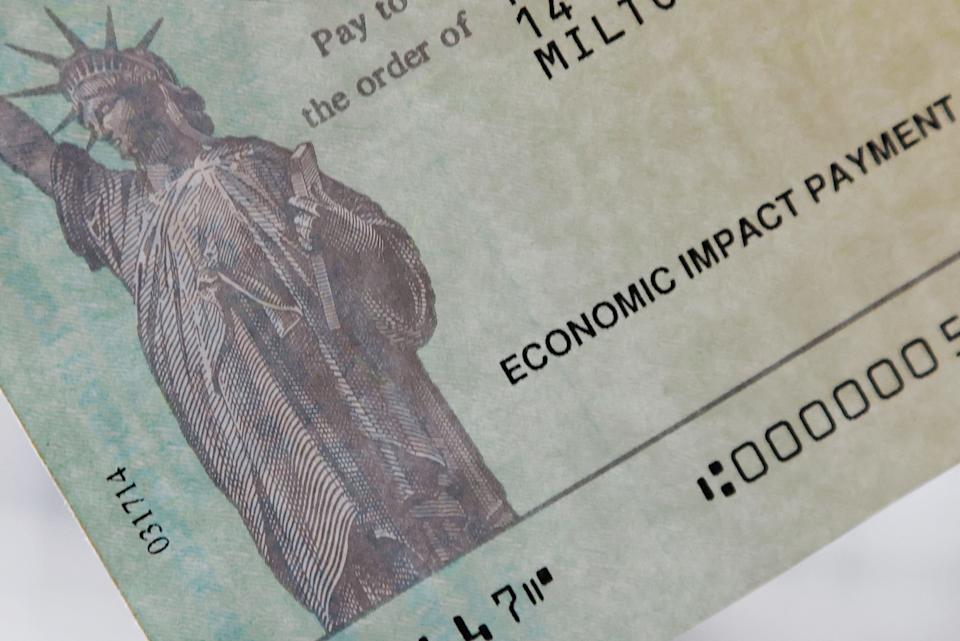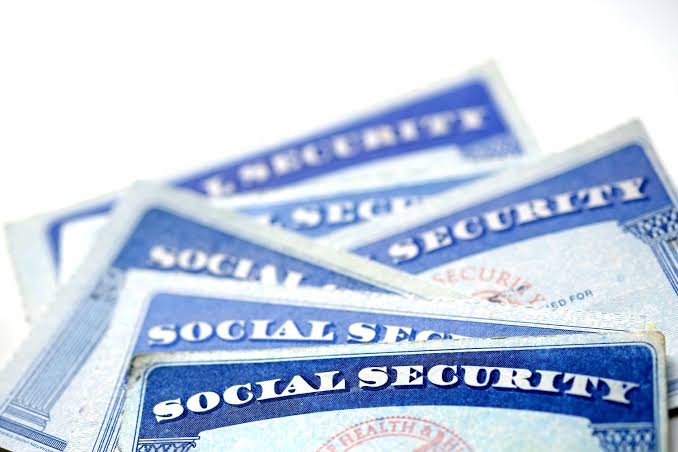If you thought government stimulus checks were a thing of the past, think again. While the days of big federal checks landing in everyone’s bank account may be over (for now), two major forms of financial help are still on the table in 2025 — and millions of Americans could qualify without realizing it.
In fact, these programs could put thousands of dollars back in your hands through tax refunds and state relief efforts — but only if you know where to look and how to claim them.
1. Hidden Stimulus in Your Tax Refund: Refundable Tax Credits
You might not see it labeled as a “stimulus,” but refundable tax credits can feel just like one. These are special credits you claim when you file your taxes, and in some cases, the government will send you money even if you owe nothing in taxes.
One of the most powerful examples is the Earned Income Tax Credit (EITC). Designed to help low- and middle-income workers, this credit can be worth up to $7,000 or more, depending on your income and number of children. If you earned income from a job — even a part-time one — you might qualify.
There’s also the Child Tax Credit (CTC), which pays up to $2,000 per child under age 17. Even if you’re not required to pay taxes, a portion of this credit is refundable, meaning you could receive a check from the IRS if you file.
College students or parents supporting a student may qualify for the American Opportunity Tax Credit (AOTC). This can provide up to $2,500 toward education expenses, and $1,000 of that can come back to you in cash, even if you didn’t owe taxes.
The key takeaway? You don’t need to owe taxes to get these credits. But you do need to file a tax return — even if your income is low or non-existent. Every year, billions of dollars in unclaimed credits are left behind simply because people didn’t file.
2. State Stimulus and Emergency Aid Programs
While federal payments have slowed, many states are stepping up with their own relief checks and rebates to help residents handle the rising cost of living, housing, and utilities.
States like California, Minnesota, New Mexico, and others are offering one-time payments ranging from $250 to over $1,000, depending on income, household size, and whether you filed a state tax return.
In addition to one-time stimulus checks, many states have launched programs to help with heating and energy costs. These include rebates, utility credits, or outright cash grants for low-income families struggling to pay the bills.
Some states also continue to offer emergency rental assistance, which can help people behind on rent or at risk of eviction. This can include a one-time payment or monthly help, depending on your state and circumstances.
Each state runs its programs a little differently, and funding is usually limited — so if you want to claim these benefits, you need to act fast. Most programs are run through your state’s Department of Human Services, Revenue, or Housing Authority, and applications are often available online.

What You Should Do Now
If you’re unsure whether you qualify for either of these types of stimulus in 2025, here’s a simple plan:
-
File your taxes, even if your income is low. You could be entitled to thousands through credits like the EITC or CTC.
-
Check your state’s official website to see what relief programs are currently available.
-
Look for application deadlines — many programs are first-come, first-served.
-
Save your income documents, proof of residency, and other paperwork. You’ll often need them to qualify for state-level programs.
Bottom Line
The 2025 stimulus hasn’t vanished — it’s just hiding in the details. Through refundable tax credits and state relief payments, the government is still offering meaningful financial help for working families, low-income individuals, students, and even retirees.
But you have to know it’s there. And more importantly, you have to take action to claim it.
So don’t miss out: File your taxes, check your state’s relief programs, and make sure you’re not leaving money on the table this year


